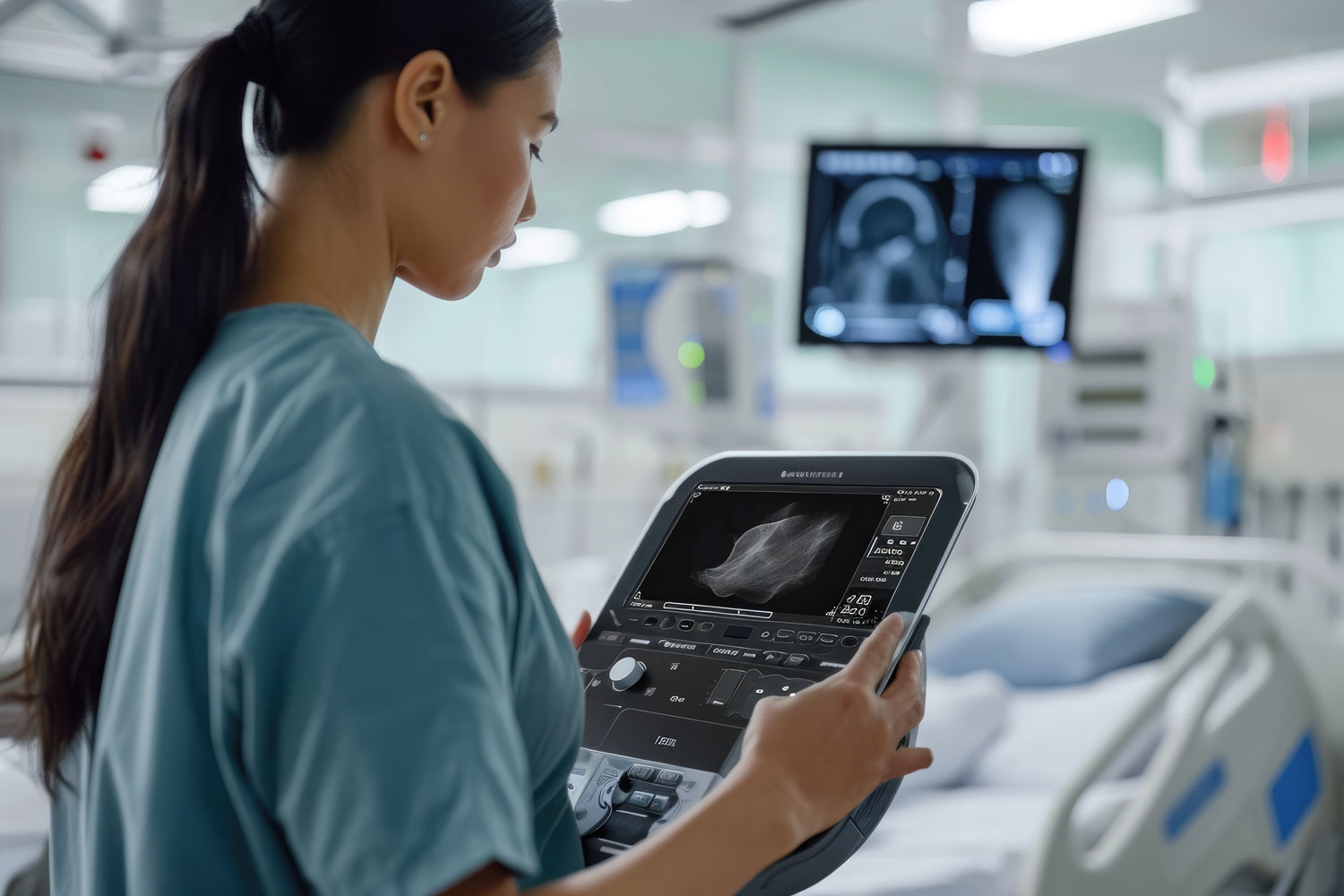Story by Connor Danielowski / March 24, 2025

The way we deliver healthcare is evolving, and Remote Patient Monitoring (RPM) is leading the charge. With advanced technology, RPM allows providers to track patient health remotely, leading to better outcomes, reduced costs, and increased patient satisfaction. Whether you’re a physician, healthcare administrator, or clinical staff member, implementing an RPM program can transform your practice and improve care delivery.
Here are the top 10 reasons why your practice should adopt Remote Patient Monitoring today:
One of the most significant advantages of RPM is the continuous stream of real-time patient data. Unlike traditional in-person visits, where you only get a snapshot of a patient’s condition, RPM provides daily insights into health trends, helping clinicians make informed decisions faster and with greater accuracy.
How it helps:
RPM empowers patients to take control of their health by providing real-time monitoring tools, such as blood pressure cuffs, glucose monitors, and wearable fitness devices. Patients become more engaged in their treatment plans and adhere better to medication and lifestyle changes.
Why it matters:
RPM helps cut avoidable hospitalizations and ER visits, significantly reducing the overall cost of care. By intervening early, providers can prevent complications that lead to costly treatments.
For patients:
For providers:
Many patients in rural communities struggle with access to specialists and primary care providers. RPM bridges this gap by bringing healthcare to the patient, no matter their location.
Benefits:
With ongoing clinical staffing shortages, RPM helps providers manage larger patient populations without overwhelming their workload. Automated alerts help prioritize high-risk patients, allowing staff to focus their time where it’s needed most.
Key advantages:
By reducing in-person visits, RPM minimizes exposure to contagious illnesses, especially for immunocompromised or high-risk patients. This is a critical advantage in the wake of global pandemics and seasonal flu outbreaks.
Why it matters:
Many chronic conditions require constant observation, and RPM provides a safety net for high-risk patients. Wearable sensors and remote devices allow around-the-clock tracking, reducing the likelihood of unexpected complications.
Examples of RPM devices:
Patients often feel more connected to their healthcare providers when they know someone is monitoring their condition regularly. RPM increases communication touchpoints, creating a more personalized care experience.
Benefits:
RPM is not only beneficial for patient care, but it also provides new billing opportunities. Medicare and private insurers offer reimbursement for RPM services, meaning providers can generate revenue while improving health outcomes.
Billing codes for RPM:
Healthcare is moving toward digital-first solutions, and RPM is at the forefront of this transformation. Implementing RPM now ensures your practice stays ahead of the curve, meets evolving patient expectations, and aligns with value-based care models.
Why now?
The benefits of Remote Patient Monitoring extend beyond just patient care—it’s a game-changer for providers, caregivers, and the healthcare system. With enhanced clinical decision-making, improved patient engagement, cost reduction, and increased accessibility, RPM is reshaping modern healthcare.
If your practice is looking to enhance patient outcomes and streamline care, now is the perfect time to implement a Remote Patient Monitoring program. Contact Chronic Care Staffing to learn how we can help you integrate RPM into your practice efficiently and effectively.